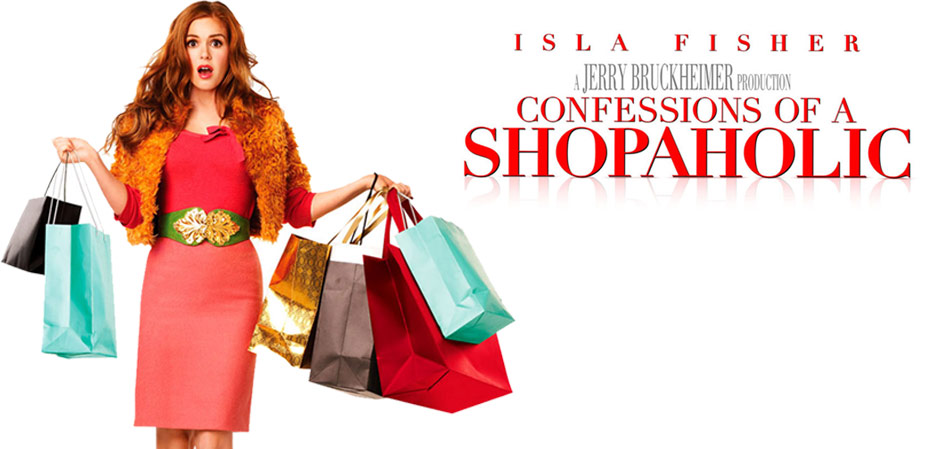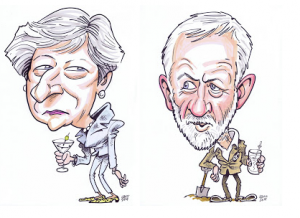People who shop excessively show signs of addiction, according to researchers at the University of Bergen.

The researchers, at the Faculty of Psychology, have developed a new and unique method to measure shopping addiction: the Bergen Shopping Addiction Scale (BSAS) – based on coreaddiction elements recognized as diagnostic criteria for other addictions, according to a report published in the journal Frontiers in Psychology.
Lead author Cecilie Schou Andreassen, Doctor of Psychology and Clinical Psychologist Specialist describes shopaholism as being “overly concerned about shopping, driven by an uncontrollable shopping motivation, and to investing so much time and effort into shopping that it impairs other important life areas.”
The Bergen study confirms that excessive shoppers display similar symptoms to those in drug addiction, alcoholism and other substance addictions. People with problematic shopping behavior experience craving, withdrawal, loss of control and tolerance. The research also provides evidence that younger females are most likely to shop excessively.Shopping addiction typically starts in late adolescence and emerging adulthood, and it appears to decrease with age.
Five key traits of a shopaholic
Dr. Andreassen’s team tested the BSAS and reviewed the roles of extroversion, neuroticism, conscientiousness, agreeableness and openness to experience in shopping addiction.
Extroverts tend to use shopping to uphold social status and sustain social attractiveness, such as by buying a new outfit for every occasion. The current study finds that extroverts need more stimulation than non-extroverts, and that they indulge in specific types of products as a way to express their individuality, enhance personal attractiveness, or as a way to belong to a certain privileged group, such as by purchasing high-end luxury goods.
People suffering from neuroticism, anxiety, depression and self-consciousness may shop to reduce negative emotional feelings. The Bergen researchers suggest that people scoring high on neuroticism engage excessively in different behaviors in order to escape from dysphoric feelings.
Conscientious and agreeable people may be less prone
People with low conscientiousness scores display low ability to be structured and responsible, leading to impulse buying. The current study adds that conscientious people have better planning ability, high self-control and the ability to resist temptations.
Agreeableness may deter shopping and other addictions, as addictive behavior can lead to conflict. However, agreeable people, being more trusting, may be more prone to exploitative marketing techniques.
Openness to experience may be negatively related, in that shopping addicts are less adventurous, less curious and put less emphasis on abstract thinking than their counterparts.
Intellectually curious people may avoid excessive shopping by having a better perception of reality that deters them from such activities. Some consider shopping too conventional an activity, at odds with central features of the openness/intellect trait, such as imagination, curiosity and unconventional values.
Low self-esteem and anxiety are factors
The current study shows that low self-esteem is common among shopping addicts, for whom irrational beliefs, such as “buying a product will make life better” and “shopping this item will enhance my self-image,” may trigger excessive shopping behavior.
Depression and psychological distress, such as anxiety, have been linked to shopping addiction, as people seek to escape or cope with negative feelings. The current study confirmed this, but at the same time, excessive shopping may cause anxiety and depression because of the consequences.
The Bergen Shopping Addiction Scale (BSAS)
The researchers set out to review the causes of shopping disorder and create an assessment tool that would take into consideration new awareness of the factors.
To construct the survey, seven addiction criteria were established, and four questions constructed for each, making a total of 28 items.
These were incorporated into a self-report questionnaire with additional questions about demographics, compulsive buying habits, personality, self-esteem, and symptoms of anxiety and depression.
The questions were distributed through the online edition of five nationwide newspapers in Norway in March, April and May 2014 to 23,537 participants, male and female, and covering a range of education levels and employment statuses.
Scoring “agree” or “completely agree” on at least four of the following seven questions may suggest addiction:
The items are scored on the following scale: (0) Completely disagree, (1) Disagree, (2) Neither disagree nor agree, (3) Agree and (4) Completely agree:
. You think about shopping/buying things all the time
. You shop/buy things in order to change your mood
. You shop/buy so much that it negatively affects your daily obligations (e.g., school and work)
. You feel you have to shop/buy more and more to obtain the same satisfaction as before
. You have decided to shop/buy less but have not been able to do so
. You feel bad if you, for some reason, are prevented from shopping/buying things
. You shop/buy so much that it has impaired your well-being















![Positive Drinking by Kevin Laye [320x200]-thumb-229x320-381](http://elixirnews.com/wp/wp-content/uploads/2010/11/Positive-Drinking-by-Kevin-Laye-320x200-thumb-229x320-381.jpg)














